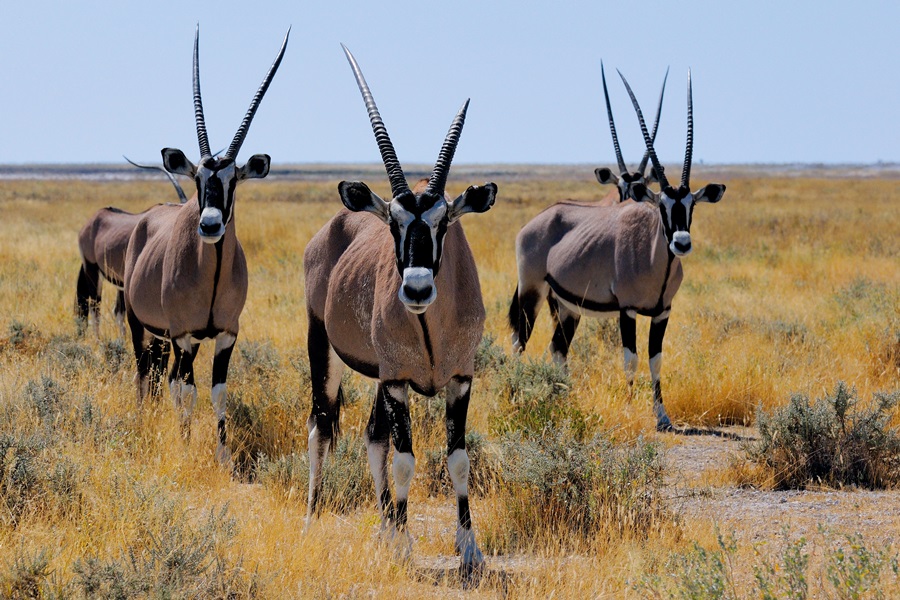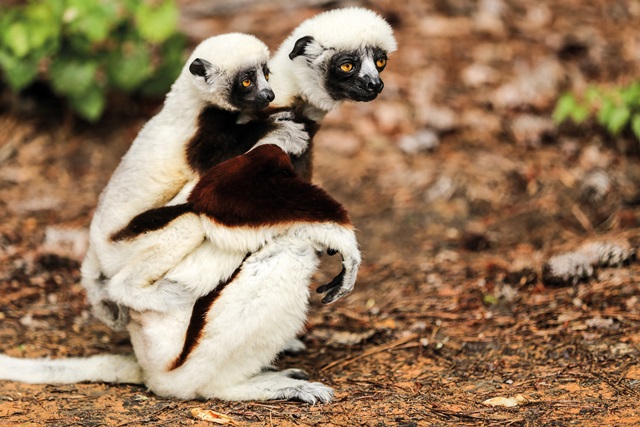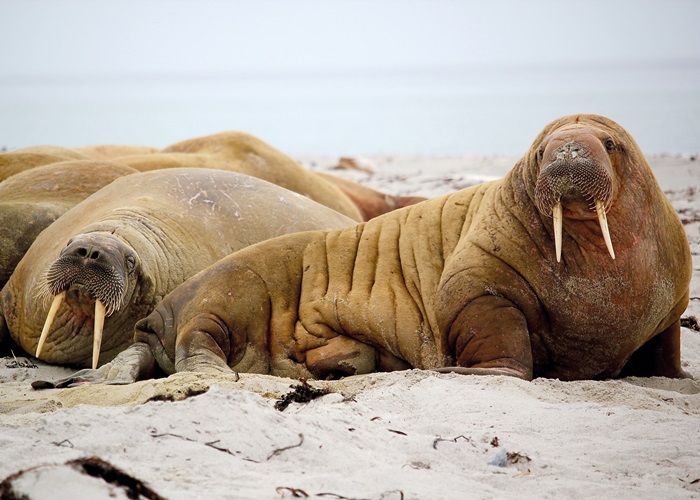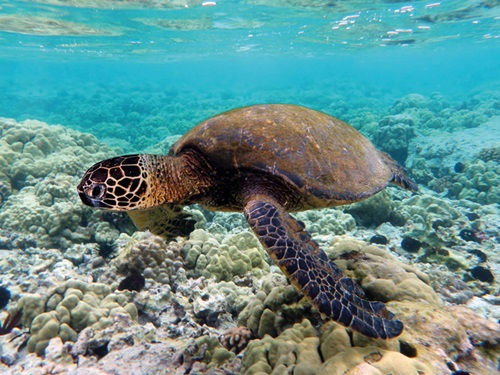Animal sanctuaries
Reserves that offer protection and a natural environment with minimal human intervention.
Wildlife sanctuaries for animals are probably the most respectful human creation of the other species on the planet. They are designed to offer a home for animals until they die, in a sheltering environment that is as natural as possible. They prioritise the wellbeing and freedom of the resident animals, avoiding any human activity that may cause them unnecessary stress, and forsake any activity that generates human profit at the expense of the non-human residents. The animals are not sold, exchanged, used for breeding or displayed to the public. Here are some of the most interesting ones in the world:
Etosha (Namibia): The over 22,000 square kilometres of this sanctuary houses over a hundred animal species, including 250 lions, 300 rhinoceroses, 2,000 elephants, 2,500 giraffes and 6,000 zebras.
Yellowstone (United States): The first national park in the world, established in 1872, with 900 hectares. In spite of being famous because of the Yogi Bear cartoons, in this sanctuary there bisons are prominent, present in the area since time immemorial, along with other species such as black bears, pumas, grey wolves and mountain goats.
Maldives: The waters of this privileged archipelago, comprising nearly 1,200 islands grouped into 26 atolls in the Indian Ocean, are a sanctuary for species like manta rays, whale sharks, turtles, dolphins and barracudas.
Svalbard Islands (Norway): Located in the Arctic Ocean, almost in the North Pole, these icy islands are home to four land mammals: the Arctic fox, the reindeer, the polar bear and a variety of mouse. In addition whales, dolphins, seals and walruses populate their freezing cold waters and around 30 species of birds, most of them migratory, fly through their skies.



